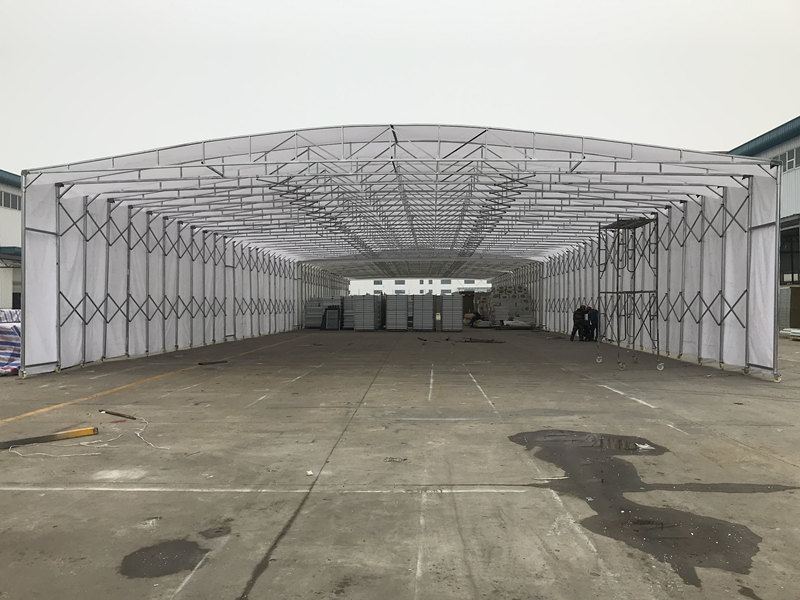In tropical regions, canopies primarily face high temperatures and intense ultraviolet radiation. These areas often experience heavy rainfall; therefore, heat resistance and waterproofing are key in canopy design. Polycarbonate and aluminium alloy materials are favoured for their heat resistance and corrosion resistance. Polycarbonate offers good light transmission, providing ample natural light while blocking harmful UV rays. Aluminium alloy, being lightweight and durable, is suitable for use in hot and humid environments.
Temperate Climate
In temperate climates, canopies must cope with seasonal changes, including temperature fluctuations, rainfall, and snow accumulation. Adjustable canopy designs are very practical in this environment, allowing users to modify shading and ventilation according to seasonal variations. Wooden and steel canopies are popular in temperate regions; the former offers natural beauty, while the latter is suitable for bearing snow loads due to its structural strength. However, wood requires regular anti-corrosion treatment, and steel needs a rust-proof coating to extend its lifespan.
Arid Climate
In arid regions, canopies are mainly used for shading and cooling. Due to infrequent rainfall, waterproofing is not the primary concern. Instead, the heat resistance and shading effect of materials are more important. Canopies made of light-coloured and reflective materials can effectively reflect solar radiation, reducing the temperature of the space below. Aluminium alloy and high-quality synthetic materials perform excellently in such climates, as they are heat-resistant and require minimal maintenance.
Cold Climate
In cold climates, canopies need to withstand low temperatures, snow, and freezing conditions. Steel and high-strength synthetic materials are preferred, as they can bear significant snow loads. Canopy designs should consider the natural shedding of snow to prevent excessive weight accumulation. Sloped canopy designs help snow to slide off automatically, reducing structural pressure. Additionally, choosing cold-resistant materials and reinforced supports can enhance the stability of canopies in extreme weather.
Conclusion
The performance of canopies varies significantly under different climatic conditions; therefore, local climate characteristics must be thoroughly considered when selecting and designing canopies. By choosing appropriate materials and designs, users can ensure that canopies provide optimal protection and comfort in various environments. Whether facing high temperatures, rainfall, snow, or strong winds, the right canopy design can add safety and convenience to your living space.


Customized service for you.
Mobile phone 13622131883
Tel: 022 59060718
Email: info@jscano.com
Address: RM1013, Zhe Shang Building. Ying Bin Ave No.1988, Tianjin